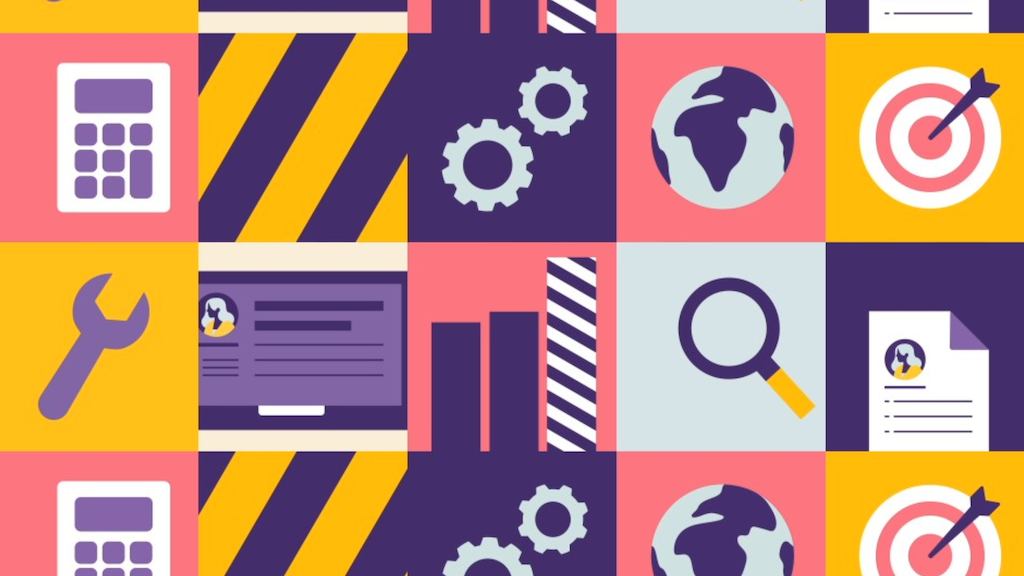Tackling ageism at work
To have an age-friendly culture, it’s essential to stamp out ageism in your workplace.
Prejudice and discrimination against older people do exist and it’s important to recognise that and to ensure that, as a manager, you empower everyone to feel supported and confident to challenge ageism if they see it or experience it in the workplace.
It can be easy to overlook ageism or to normalise it. But doing so has an impact. It can make older people feel victimised, or unimportant, or make them question their own worth.
Theeveryday life, in your community and in your workplace, as well as recognising it in the media.
What might ageism look like at work?
At work, ageism might show up through overt language and comments such as saying that someone is “past it” or “over the hill” or it may show up in very specific ways:
Recruitment
We know that 36% of 50-70 year olds feel at a disadvantage applying for jobs due to their age.
How it shows up:
- Job adverts not being age-inclusive
- Applicants not being supported as to what to expect at the interview process
- Hiring managers not wanting to hire an older candidate due to their own assumptions about their capability or not wanting to manage someone older.
Learning and development
Workers aged 50 or over are less likely than any other age group to be offered on-the-job training.
How it shows up:
- People managers not proactively talking to workers in their 50s and 60s about their future learning aspirations
- Older workers not taking part in learning and development initiatives
- ‘One size fits all’ approach assumes a lack of previous skills and experience.
Social space
How it shows up:
- Ageist ‘banter’ e.g. birthday cards that emphasise ageing stereotypes
- Workplace social gatherings which always happen informally amongst people of similar ages
Accessing health and work benefits
How it shows up :
- People in their 50s and 60s are afraid to ask for support or adjustments from their line managers because they think they will use it as an excuse to push them out
- Line managers don't know how to make adjustments/redesign jobs around people's capabilities
- People in their 50s and 60s leave the workplace early because their needs are not being met
How to deal with ageism if you encounter it
Speaking out against ageism can feel daunting — no one wants to start an argument in the workplace. Here are some less confrontational ways to tackle ageism.
- If you feel there is a stereotypical assumption being made, ask the other person to explain their thinking more fully. This gives them the opportunity to self-reflect.
- You could then follow up with useful evidence that might dispel that stereotype (for example, older workers have already adapted to a huge amount of new technology throughout their careers).
- In a social situation, if you hear negative comments being made about older people, or phrases that you think are ageist, swap out that word for something neutral, like “person” when you reply. This shows that you don’t accept the language used.
- If you hear an ageist joke, you could ask the other person to explain the joke to you, as you didn’t understand it.
Remember that age is a protected characteristic under the Equality Act. It’s important to remind your employees about their rights and to remind them about your EDI policy which they can refer to if they feel that they have being actively discriminated against.
Could you arrange a discussion about ageism in your team meeting?

